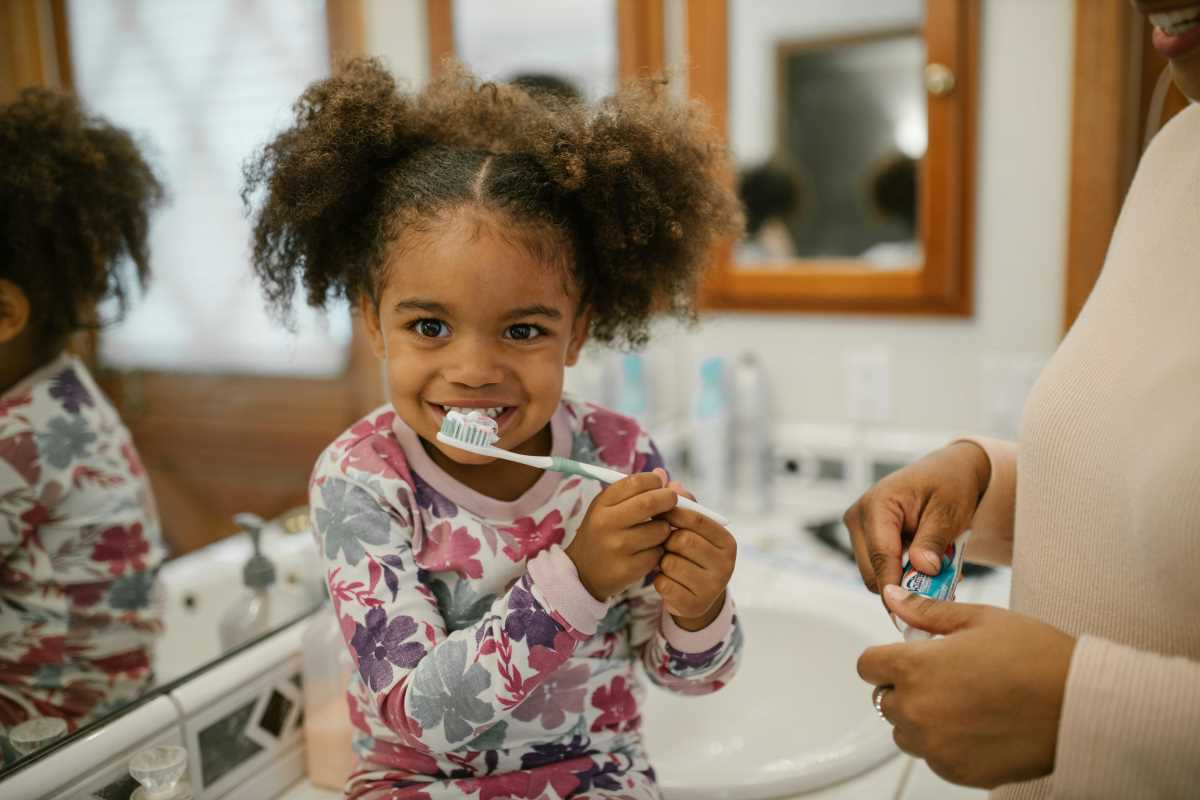Children often feel nervous before a medical visit, surrounded by new environments, unfamiliar people, and unexpected routines. Building a sense of calm starts well ahead of the actual appointment, with a warm, supportive atmosphere at home laying the groundwork for a positive experience. Parents play a key role in preparing kids by involving them in each part of the process, such as letting them choose a favorite toy to bring along or having open conversations about what to expect at the clinic. Explaining each step using straightforward language and simple actions can ease worries, helping children approach their visit with curiosity and growing self-assurance.
Every child reacts differently to new experiences. Some ask endless questions, while others stay quiet and cling close. Both responses matter equally and deserve gentle attention. Building trust through honest conversations and playful practice transforms a daunting visit into an opportunity for growth. Let’s explore six practical ways to make those moments smoother, more comfortable and even empowering for young patients.
1. Prepare Your Child Emotionally
Kids absorb emotions from the adults around them. When parents express calm, caring energy, children feel safer. Before the appointment, set aside time for a relaxed chat where you encourage them to share any worries. Make it clear that all feelings, from excitement to fear, are normal. This permission to speak their minds builds trust and eases stress.
Consider these ideas:
- Use a favorite stuffed animal or doll to act out the clinic visit, letting your child play the role of both patient and doctor.
- Read a short story about a brave character visiting a doctor, then discuss how that character felt and what helped them stay calm.
- Offer reassurance by highlighting past successes, like the time they fell and recovered quickly.
These playful steps give your child a sense of control and familiarity. They also open up a space for questions, so you can correct any misunderstandings or myths before the appointment day.
2. Create a Familiar Environment
Walking into a new space can cause butterflies in anyone's stomach. Recreate parts of the clinic at home so the real exam room feels more friendly. It’s surprising how much a small cardboard box and household items can mimic medical equipment, turning fear into fun practice.
Organize the setup using bullet points:
- Set up a “check-in desk” on the kitchen table with pretend forms, pens and stickers.
- Use a flashlight as an “otoscope” to look inside ears of Teddy or other toys.
- Hang a calendar with the appointment date circled, and let your child mark off days to build anticipation.
This mock clinic becomes a rehearsal that calms nerves. Your child sees that home preparation directly connects to what happens at the office, reducing the unknown.
3. Use Explanations Appropriate for Their Age
Children understand best through short, clear statements. Avoid long medical talk and focus on simple words. Break down the visit into three or four key steps—they listen better to bite-size pieces.
- Waiting in the lobby to say “hello.”
- Sitting on the exam table for a gentle check-up.
- Feeling a quick touch or a small pinch.
- Receiving praise or a small treat for being brave.
Explain each part patiently, then invite them to repeat it back in their own words. This back-and-forth ensures they really understand. It also shows you hear their perspective, which boosts their confidence.
4. Encourage Active Participation
When kids help make choices, they feel more in control. Let them pick a small reward—like a sticker or a new coloring book—to look forward to after the visit. They can also hand the doctor a favorite toy, giving a sense of partnership.
You might say, “Would you like the red sticker or the blue one when we’re done?” Simple choices shift focus away from fear and toward fun. It also keeps their minds busy and engaged with an outcome they helped shape.
Active participation extends to breathing exercises. Guide them to blow imaginary bubbles or pretend to smell flowers during any slightly uncomfortable moment. This playful technique eases tension and builds resilience.
5. Use Distraction and Comfort Techniques
Distracting a child at the right moment shortens the feeling of procedures. Pack a small bag of surprises: a colorful book, a favorite snack, or a toy with a spinning top. Presenting these items at key moments helps shift their focus instantly.
Use soothing words and gentle touch alongside distraction. A soft back scratch or a whispered compliment—“You’re doing great!”—reassures without overwhelming. If you notice signs of distress, say something like, “Let’s take a deep breath together,” then guide them through it.
Soft music or a quiet, funny story can also work wonders. Offer them the choice: “Would you like to hear a joke or hold your special blanket?” This gentle offer of agency often helps them settle quickly.
6. Coordinate with Healthcare Providers
Building a supportive team includes doctors, nurses and office staff. Share your child’s unique preferences and worries before the visit. A quick email or phone call helps the team prepare a welcoming approach—like dimming bright lights or using quieter equipment.
Suggest including bullet points for the medical team:
- Note any sensory sensitivities, such as sensitivity to loud sounds or bright lights.
- Mention comfort items your child responds well to, like a favorite blanket or a special toy.
- Highlight effective distraction tools you’ll bring, so staff can complement your approach.
When everyone works together, the experience becomes smoother. The child sees consistent care and continuity, which builds trust in both parents and professionals.
Every medical visit influences how kids view their health. Using simple steps, playful practice, and open communication builds a positive foundation, reducing stress and increasing confidence.







